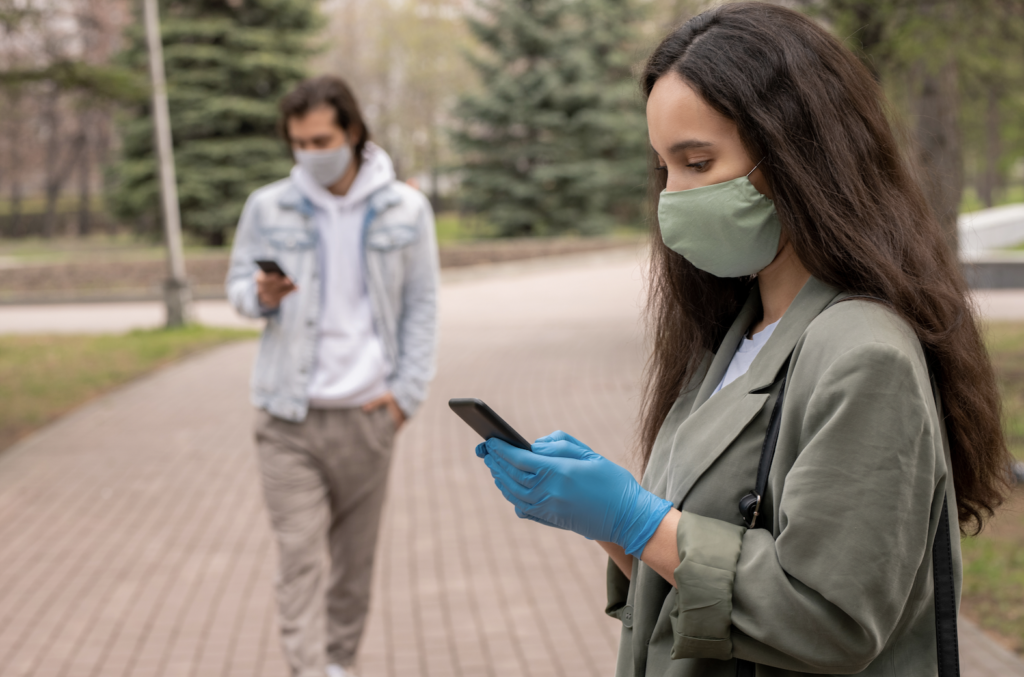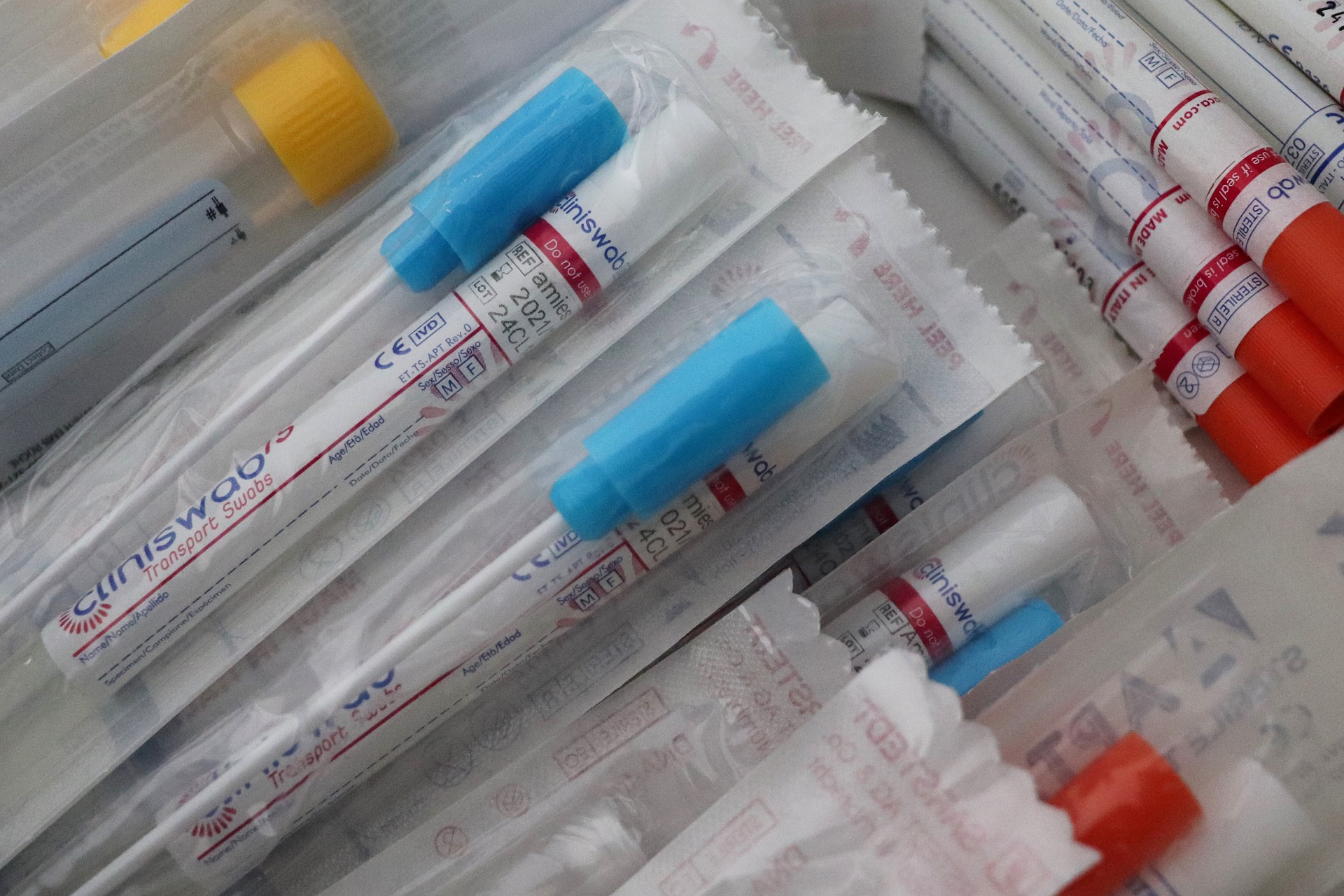In March 2020, the world announced that the novel coronavirus outbreak was a pandemic, which, in turn, forced countries to take measures to flatten the curve and limit the spread of the virus among the population. Social distancing is one of the many ways to limit the spread of the virus.
New research suggests that social distancing has deceased pediatric respiratory tract infections in Finland.
The act of social distancing has decreased the number of pediatric emergency room visits to nearly one-third of what they were prior to the lockdown. This is based on studies conducted in collaboration with the University of Eastern Finland, Kuopio University Hospital and the National Institute for Health and Welfare.
The research looked at two hospitals, Kuopio University Hospital and Mikkeli Central Hospital. They analyzed pediatric emergency room visits to the hospitals four weeks before the lockdown and four weeks after the lockdown.
Additionally, weekly influenza numbers and respiratory syncytial virus (RSV) infections in children were recorded, nationwide, and were compared to numbers from 2015.
A lot of the visits to the pediatric emergency room are caused by viral respiratory tract infections, and more specifically lower respiratory tract infections. The study showed that the incidence of these infections were cut down to around one-fifth compared to other years. Additionally, the influenza season was shorter and the weekly rate of new cases decreased faster compared with the previous four influenza seasons
“We are used to the idea that children have respiratory tract infections almost all the time; most commonly they suffer from bronchitis and middle ear infections. Children under the age of one are also frequently hospitalised due to RSV or influenza. However, our findings now show that social distancing plays a major role in reducing paediatric infections, emergency room visits and hospitalisation,” said Professor of Paediatrics, Marjo Renko, from the University of Eastern Finland, in a statement.
The results of the study strongly suggest that social distancing and other lockdown measures are effectively slowing the spread of viral respiratory diseases and decreasing the need for hospital visits among children.
Social Distancing and Cystic Fibrosis
The Centers for Disease Control and Prevention (CDC) define social distancing as “keeping a safe space between yourself and other people who are not from your household. To practice social or physical distancing, stay at least six feet (about two arms’ length) from other people who are not from your household in both indoor and outdoor spaces.”
For some, the act of social distancing is all they have known. Cystic fibrosis (CF) patients must keep a six feet distance from others at all times to keep germs away that could exacerbate their disease. CF is a progressive, genetic disease that causes persistent lung infection and could limit a person’s ability to breathe over time.
During the COVID-19 outbreak, a group of CF individuals started an online platform to help those adjusting to the idea of social distancing. They named themselves The Social Distance Squad. They work in partnership with CF advocacy groups and sponsors that include Claire’s Place, Piper’s Angels, Attain Health, Roadmap to CF and Boomer Esiason Foundation. The group post videos and provide advice to those struggling with social distancing, giving them viable solutions to their issues.
As stated in Pharma Live, Leah Schwanke, a senior member and mentor of The Social Distance Squad said, “to be able to spread my knowledge and lifelong experiences of social distancing with teens and young adults has been tremendously impactful for both me and the participants…I hope my lockdown lesson shows teens that you can live a purposeful and happy life while maintaining social distance precautions. Young people need to know that the CF community has been doing this for years. If we can do it and stay happy and healthy, they can do it too.”
Environmental Impact
Amid the pandemic, the environment has seen positive impacts as a result of decreased human activity. In Seattle, for example, air pollution has dropped due to the reduction in traffic since implementing social distancing practices. This contributed to a worldwide carbon dioxide emissions decline, which is the largest ever annual fall.
According to the Carbon Brief, “CO2 emissions are expected to fall to 30.6bn tonnes of CO2 (GtCO2) this year, an 8 percent drop from last year, with declining coal use the most significant factor.”
Wildlife has been rebounding in nature and appearing all over the news, reminding us about the impact we have on their natural habitats.
Animals practice social distancing to protect themselves from disease. According to Scientific American, lobsters, monkeys, fish, insects and birds, have been seen to respond to disease in this way in both the field and in lab experiments. They detect and distance themselves from sick members of their species.
“This heightened risk has favored the evolution of behaviors that help animals avoid infection. Animals that social distance during an outbreak are the ones most likely to stay alive. That, in turn, increases their chances to produce offspring that also practice social distancing when confronted with disease.” This is otherwise known as behavioral immunity; animals protect themselves from disease by the way they live and act.
The act of social distancing has changed the way the world has traditionally worked and has caused some unexpected positive impacts. As the pandemic continues, it’s likely that some impacts of social distancing won’t be evident until human activity returns to normal.












Join or login to leave a comment
JOIN LOGIN